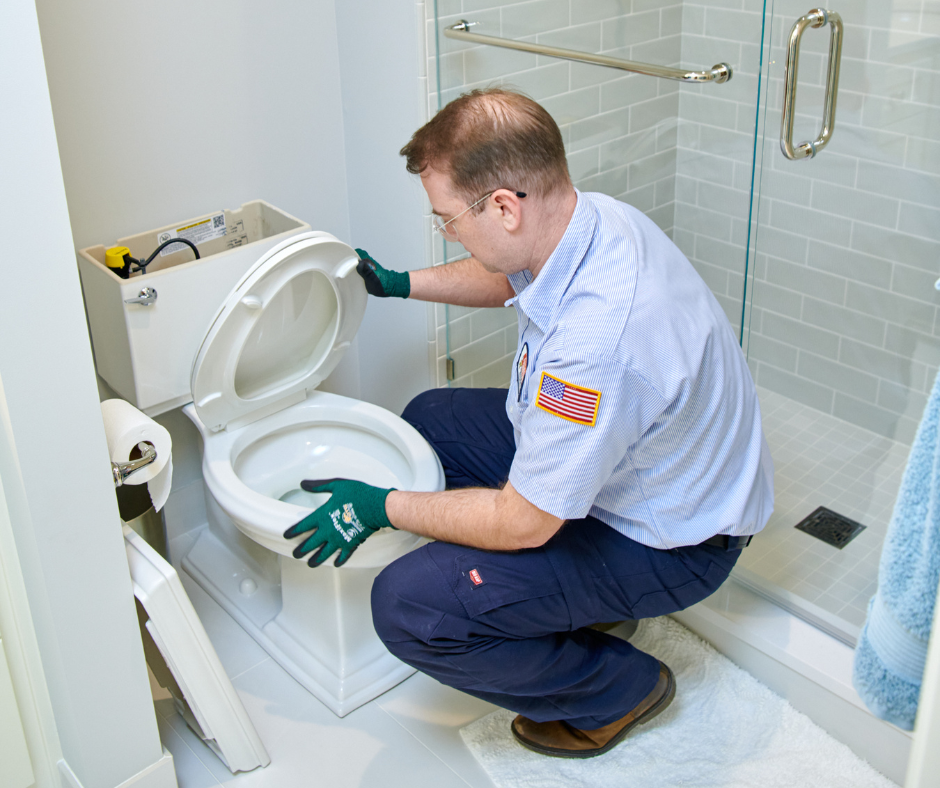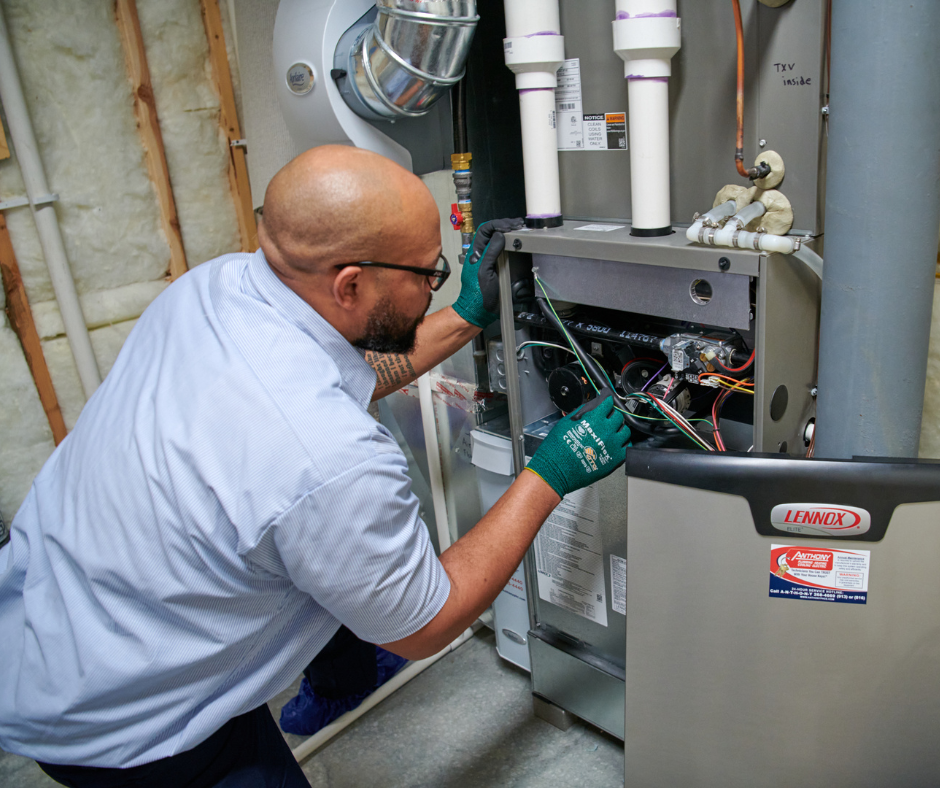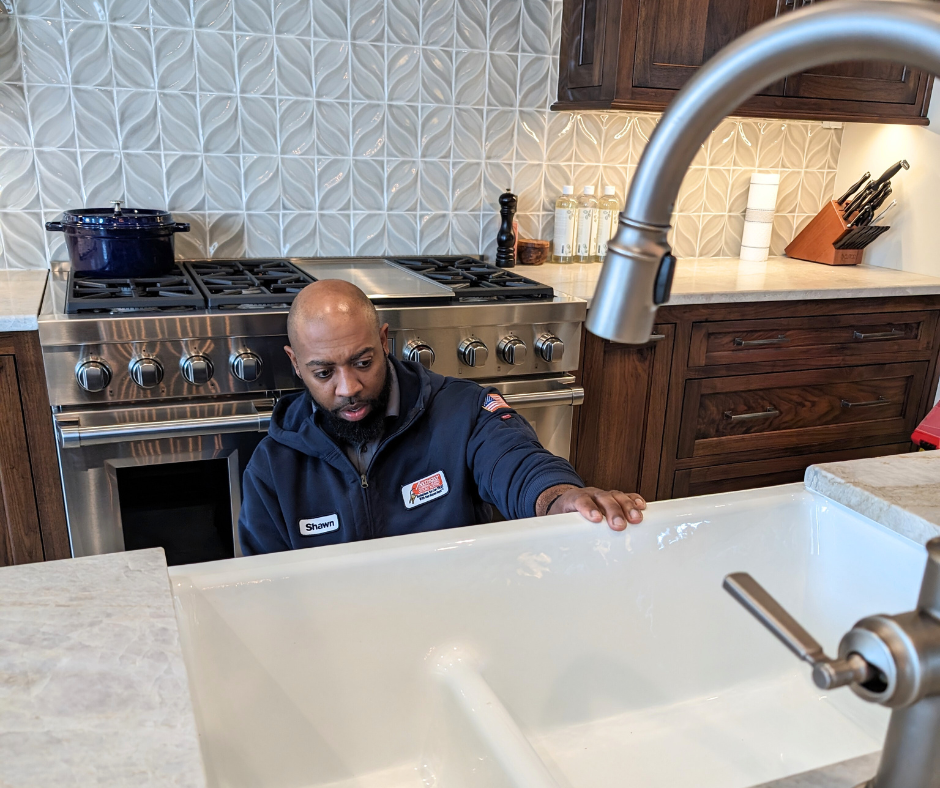BLOG
A Guide to Mold and the Ultimate Mold Killer

How to Kill Mold
It’s that time of year again when conditions for mold to grow and fester in your home are at an all-time high. Mold survives on mold spores, a food source, darkness, warmth, oxygen, and moisture (water leaks, humidity). In the right conditions, mold can start growing in 24-48 hours. Since humidity is most prevalent in the spring/summer, right now is the ideal time for mold growth. If it rains for several days in a row or you live in a naturally humid environment, mold may start to grow on the walls and benches without you even noticing. This guide gives a breakdown of mold causes, mold locations, types of mold, and the benefits of UV germicidal lamps–the ultimate mold killer.
Mold Causes
Lack of ventilation may contribute to your home’s humidity, since moisture in your house isn’t evaporating. If you plan on using a humidifier in your house (possibly to help with asthma), try to keep the humidity below 55% to prevent mold. When high humidity creates puddles of water and damp materials, these surfaces can create mold. Mold might also be caused by leaking pipes, so check behind objects and inside walls to make sure leaky pipes aren’t the culprit. The roof may also be the cause of your mold. Roofs that leak into the attic can go months without detection, so it’s important that you keep an eye out for any signs of water damage on the ceiling.
Besides leaks, condensation is also another factor to look out for. Cold surfaces (metal pipes, concrete floors) create condensation in your home, heightening the chance for mold to develop. Wet clothes can cause mold due to the moisture they release, so it might be better for you to hang up clothes to dry outside. If a dryer isn’t vented outside, you also have to deal with the humidity released for your dryer machine. Flooding is a no-brainer. If you experience flooding in your basement, the likelihood of mold developing multiplies. Some types of toxic molds (like Stachybotrys chartarum—see below) require more extreme conditions, like several days of extreme wetness. Floods are normally the #1 cause of these more dangerous molds.
Common Mold Locations
Basements are a breeding ground for mold due to their high amounts of moisture, lack of ventilation, and lower temperature. Plus, water that leaks into your home will most likely make its way to the basement due to gravity. Since many don’t spend too much time in their basements, this mold growth can go unnoticed for a long time. Check your house’s foundation for mold as well. Water can build up in the yard around the base of your house, especially if the ground slopes toward the house. Ditches and drains are a good solution to this problem, or you can just deal with the problem when it happens with mold killer.
Mold Sensitivity
According to the Department of Health, children, those with respiratory conditions, those with sensitivities (allergies/asthma), and those who have severely weakened immune system (HIV, chemotherapy patients, etc.) are the most likely to experience severe reactions from mold.
Types of Mold
Alternaria: This type of mold is typically found outdoors, but it might also pop up in showers or under sinks with leaky pipes. Keep an eye out for this mold in buildings that have suffered water damage or experienced recent flooding. It spreads quickly and can cause asthma attacks and allergic reactions.
Aspergillus: An indoor mold, this type causes allergic reactions, respiratory infections, and hypersensitivity pneumonitis. It creates very serious effects, such as the inflammation of lungs.
Aureobasidium: This type of mold will most likely show up outdoors. If it is inside, you’ll find this mold on wooden surfaces, wallpaper, and painted surfaces. Damp window frames and caulking may also be a breeding ground for this mold. Look for mold that is pink and black.
Botrytis: You’ll find this type of mold in rooms with poor ventilation and high humidity, like bathrooms. Side effects are allergic reactions and asthma.
Chaetomium: Characterized by its musty odor, this mold type festers on drywall, carpets and window frames that have undergone water damage.
Cladosporium: Common in homes, this type thrives in warm and cold climates. Check for this type in fabrics and on wood surfaces. You’ll notice respiratory problems galore with this type of mold.
Fusarium: This mold can grow at lower temperatures and spreads best in water-damaged carpeting and fabrics. It can cause allergic reactions and respiratory infections. Those with compromised immune systems are especially prone to infection from fusarium exposure.
Penicillium: This mold attacks materials that have been damaged by water and is characterized by how fast it spreads from room to room in your home. It can cause allergic reactions, chronic sinus infection and inflammation of the lungs. It will typically be blue or green. This mold should be dealt with by mold killer immediately.
Stachybotrys chartarum: Known by its scarier name ‘black mold’, this type of mold produces toxic compounds called mycotoxins. When exposed to mycotoxins, people experience health issues like breathing problems, chronic sinus infections, asthma attacks, fatigue, and depression. You’ll know you’re dealing with black mold if you notice a musty odor and mold growth in places that are consistently damp, such as air conditioning ducts.
Trichoderma: Similar to black mold, this mycotoxin-producing mold can cause several health problems. Since many people are allergic to it, you’ll start noticing symptoms right away. This mold is normally found on damp carpet, wallpaper and other wet surfaces.
Ulocladium: This type of mold needs a lot of water to grow, so you’ll often find it in homes that have been flooded. It grows on wet walls, and many are allergic to it.
Commonalities
Mold is identified by cottony, velvety, granular, or leathery texture. It comes in many different colors and may look like discoloration or staining on the surface of building materials at first. Musty/earthy odors are common.
Preventing Mold
To ensure you and your loved ones are safe from mold, there are some preventative steps you can take. For one, periodically check your plumbing, roofing, foundation, gutters, attic, crawl spaces, and sump pumps. Dry any wet materials in 24-48 hours to prevent mold growth, and insulate/seal air leaks between the attic and the rest of your home. You can divert water away from your home by cleaning and maintaining gutters, sloping the ground and sidewalks away from the foundation pre-construction, and installing a sump pump (pictured below). You can reduce the level of condensation by installing and using exhaust fans in bathrooms and kitchens, installing vent appliances outside, insulating cold spots, reducing humidifier use, and raising the temperature/increasing air circulation to the colder parts of the home. Keeping your indoor surfaces as dry as possible is also important. Start by keeping the home’s relative humidity between 20-40 percent in the winter and less than 60 percent the rest of the year. Some devices (found at home supply stores) measure the relative humidity of your home. By preventing mold in the first place, you don’t even have to worry about mold killer.
UV Germicidal Lamp
This mold killer lamp brings sunshine inside, compensating for windowless rooms. The benefits to a UV Germicidal lamp are fewer colds, fresh smelling air and allergy relief! Who can argue with that? They’re easily installed in your heating and cooling system for permanent UV exposure. The bulb kills germs and harmful contaminants, controlling airborne microorganisms in a natural way. You’ll find Germicidal lamps in hospitals, restaurants, nursing homes and child care facilities to kill germs. If you install these lamps in your home, they kill germs that cause viruses, the common cold and influenza. Plus, they take care of mold and mildew so you don’t have to worry about ventilation, humidity and darkness at all! They keep your ductwork clear. As a nice bonus, ultraviolet light keeps the indoor coil of your air conditioner system looking brand new. This translates to better efficiency and lower electric bills. Other benefits include odor reduction, fewer chemical cleanings, and low operating costs.
How It Works
UV-C light is a germicidal, which means it deactivates the DNA of bacteria, viruses and pathogens by damaging the nucleic acid of microorganisms. This damage is caused by covalent bonds formed between certain adjacent bases in the DNA. When these bonds form, they prevent the DNA from being unzipped for replication, thereby stopping reproduction. A 15-watt germicidal UVC lamp will cover 100 square feet, so you can use this formula to determine the wattage your room requires. Lamps should be replaced after two years of continuous use, and they should be checked every three months for cleanliness. These lamps can be cleaned with a dry cotton cloth or paper towel—wear rubber gloves and clean with alcohol! They produce just as much heat as fluorescent lamps and pose no safety risks to the people using them in their home when properly installed, making them a great form of mold killer.
Contact Us
If a mold killer UC Germicidal lamp seems like the best option for your needs, contact us so we can hook you up with the most effective mold preventative tool on the market! We’re open every day of the week and our expert technicians can get the job done on your schedule.




